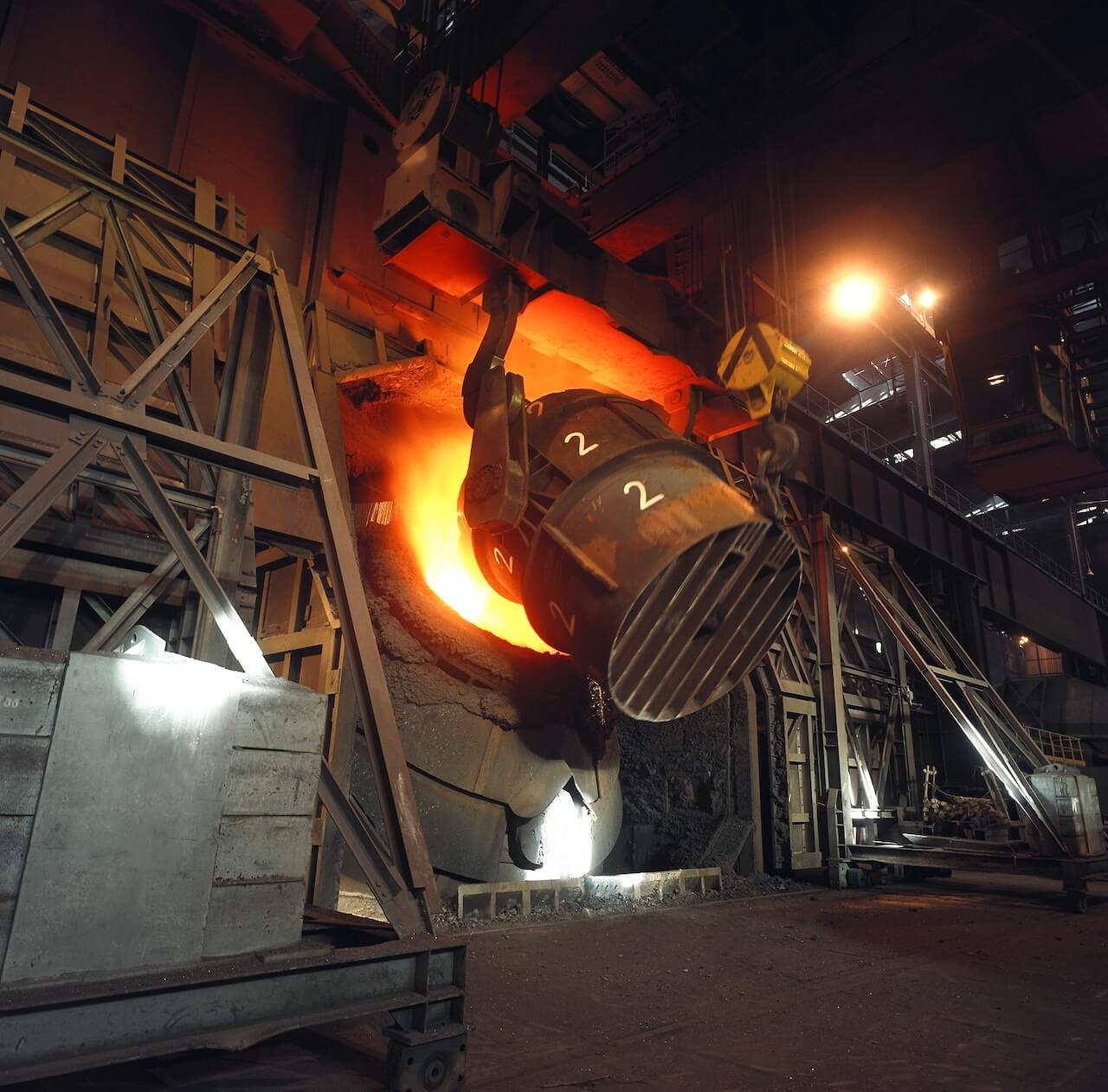ArcelorMittal has signed a Memorandum of Understanding (MoU) with the Spanish Government that will see a €1 billion investment in decarbonisation technologies at its plant in Gijón, Asturias, and means revolutionising the way the multinational produces steel in our region.
The investments will reduce CO2 emissions at ArcelorMittal’s Spanish operations by up to 4.8 million tonnes, approximately 50% of emissions, within the next five years. It will be its largest decarbonisation project in the world.
At the heart of the plan is a 2.3 million-tonne green hydrogen direct reduced iron (DRI) unit, complemented by a 1.1 million-tonne hybrid electric arc furnace (EAF). The new DRI – the first of its kind in Spain – and EAF will be in production before the end of 2025.
Ultimately green hydrogen will be used to reduce the iron ore in the DRI, with the EAF powered by renewable electricity.
The signing of the Memorandum took place at a ceremony held last Tuesday at the ArcelorMittal Asturias factory in Gijón, which was attended by ArcelorMittal’s Executive Chairman, Lakshmi Mittal, the Company’s CEO, Aditya Mittal, and the President of the Spanish Government, Pedro Sánchez, as well as the President of the Regional Government of Asturias, Adrián Barbón.
This is an ambitious project that places the Asturian industrial sector at the forefront of the ecological transition and will mark a turning point towards a decarbonised economy with opportunities in terms of employment, innovation, and competitiveness, according to the Spanish Government.
Adrián Barbón said that ArcelorMittal “is our industrial engine, and I am convinced that we will successfully overcome the ecological transition”.
ArcelorMittal’s strength in Asturias
ArcelorMittal currently employs around 5,000 people in Asturias. Of these, 156 (53 women) work in the R&D&I centres in the region, which are playing a key role in the path towards decarbonisation and the improvement of the multinational’s steelmaking processes and will be even more so from now on.
The estimated economic impact of ArcelorMittal’s activity in Spain as a whole amounted to more than 5,063 million euros in 2019, contributing substantially to the country’s wealth (0.4% of Spain’s GDP), to the development of the autonomous communities and to the maintenance of an important local industrial fabric.
The project for decarbonisation presented this week will also have an impact on the Asturias labour market because the value chain that will be generated by the new steelmaking processes has a high technological and dynamic component. It is, therefore, to be expected that highly skilled jobs will be created in our region.
The multinational is also studying improvements in the finishing lines, especially to strengthen two of them: heavy plate and galvanising. These are steel products that are in high demand among the processing industry that is dedicated to the infrastructures necessary for the deployment of renewables. The shipbuilding sector also demands steel.
Tractor effect for Asturias
ArcelorMittal’s multi-million investments in its Asturian facilities will also boost activity and hiring among the region’s ancillary companies. This is expected to be the case not only for the construction of new infrastructures but also for the dismantling of disused ones.
Before the pandemic, around 2,500 people from auxiliary companies came to work at ArcelorMittal’s Asturian plants every day.
Asturian engineering and energy solutions companies will also benefit because the new clean technology projects they are currently developing can serve as a reference for the decarbonisation processes and investments that ArcelorMittal is promoting in Europe.
Changing the way ArcemorMittal produces in Asturias
ArcelorMittal Asturias’ plant in Gijón currently operates using the blast furnace-basic oxygen furnace steelmaking method.
It has two blast furnaces producing hot metal for Avilés and Gijón steel shops:
Avilés steel shop produces slabs for the hot rolling mill (in Avilés) and the heavy plate mill (in Gijón). Gijón steel shop produces billets for the wire rod mill (in Gijón) and blooms for the rail mill (in Gijón).
Once the plan announced has been implemented:
Gijón’s blast furnace B will produce hot metal for the Avilés steel shop.
DRI will be produced in Gijón for Sestao and Gijón steel shop, which will be revamped as an EAF.
ArcelorMittal Sestao operates two EAFs and produces a range of flat products. Sestao is approximately 250km east of Gijón.







